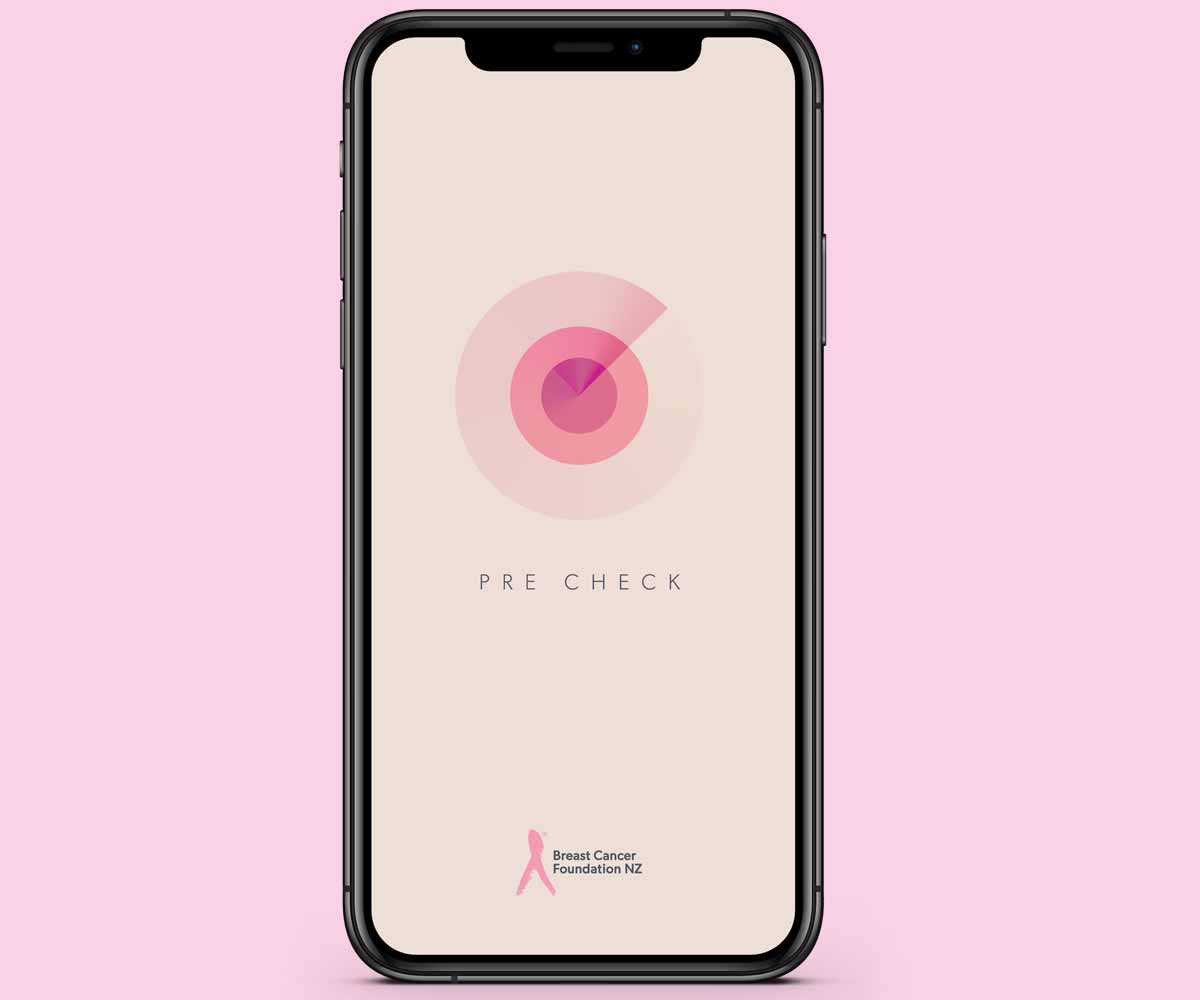This year marks 25 years since Breast Cancer Foundation NZ (BCFNZ) was founded and began promoting breast cancer awareness among Kiwis.
The initiative has made a profound difference to New Zealanders’ lives with mammogram screening rates of women aged 45-69 years now sitting at over 70 per cent and breast cancer deaths having dropped by 30 per cent.
The encouraging stats are thanks to education about breast cancer signs and symptoms, the introduction of NZ’s mammogram screening programme (enabling earlier diagnosis) and advances in treatment.
However, a recent survey by BCFNZ which ran in Woman’s Day magazine and on the BCFNZ website shows that one in three Kiwi women still don’t check their breasts regularly for signs of breast cancer or know their ‘normal’ (how their breasts usually look and feel through self-checks).

Survey respondents were generally aware about breast cancer risks (75 per cent knew that being a woman was a risk, 92 per cent knew genetics was a risk and 70 per cent knew that getting older is a risk).
And most knew about breast cancer signs (lumps, change in shape – 95 per cent; newly inverted nipple – 92 per cent; puckering – 85 per cent; redness of the skin – 82 per cent).
However, despite this general awareness, one third of the women who responded still don’t regularly check their breasts for signs of breast cancer. Around 3300 women are still diagnosed with breast cancer in New Zealand every year and early detection significantly improves women’s chances of survival.
Chief executive of Breast Cancer Foundation NZ, Evangelia Henderson, says women must stay vigilant about their own breast health.
“About half of all breast cancer is found outside of breast screening mammograms, usually when a woman finds a lump or other symptom.
“We encourage every woman to ‘know your normal’ and check with your doctor if you notice any changes,” she says. “Self-checking should become a natural and regular part of every woman’s health routine.”
An app called Pre Check is now available which reminds women to check their breasts and shows you how.

How to self-check for signs of breast cancer
It’s not difficult or time-consuming to carry out self-checks. Doctors suggest women do regular breast self-examinations as this familiarises you with how your breasts normally look and feel, making it easier for you to detect differences which could signal breast cancer.
Feel your breasts – many women prefer to do this in the shower. Look for any lumps, painful areas, dimpled or flattened skin, or anything different from the last time you checked.
Stand in front of a mirror with your hands on your hips and your shoulders straight. Look at the shape, colour and size of your breasts and nipples. Look for any changes to their usual shape and colour, any discharge from the nipple (without squeezing) and any redness, rash or swelling.
Do an extra check – feel your breasts by lying down with one arm bent above your head. Put three fingers together and, keeping them flat, feel the entire area from your collarbone down, including your armpits. Press softly at first, then more firmly.
If there are any changes, check with your doctor, even if you’ve had a mammogram recently.
There is also an app now available that reminds you to monitor your breasts, and shows you how. Breast Cancer Foundation NZ has launched Pre Check, which helps you “know your normal”. The app is available on App Store for iphones and Google Play for android phones. For more information on how to download it, go to breastcancerfoundation.org.nz/precheck#download
For more information visit the Breast Cancer Foundation NZ website or talk to your GP.

